Chinese New Year is approaching, which seems like a good excuse to share a beautiful album of photographs taken in China in 1870–71 by John Thomson (1837–1921), entitled Foochow and the River Min.
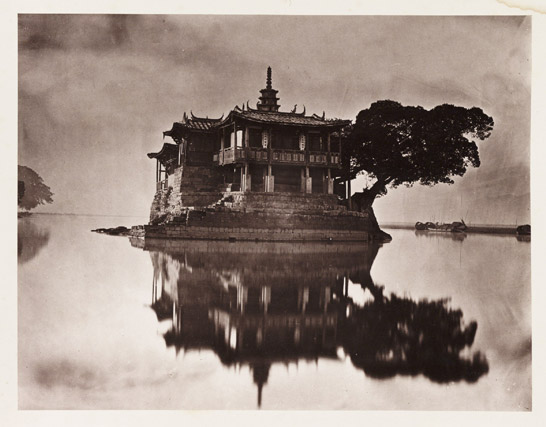
Thomson was one of the first photographers to travel to the Far East, documenting its landscape, people and antiquities. He spent 5 years travelling extensively in China.
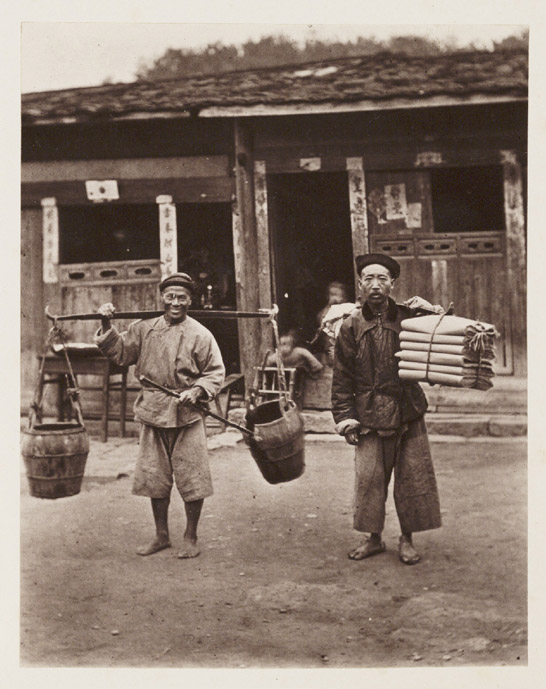
Foochow and the River Min records the city of Fuzhou (Foochow) in Fujian province, South East China, and Thomson’s journey up the River Min by boat from Fuzhou to Nanping, a distance of about 160 miles.
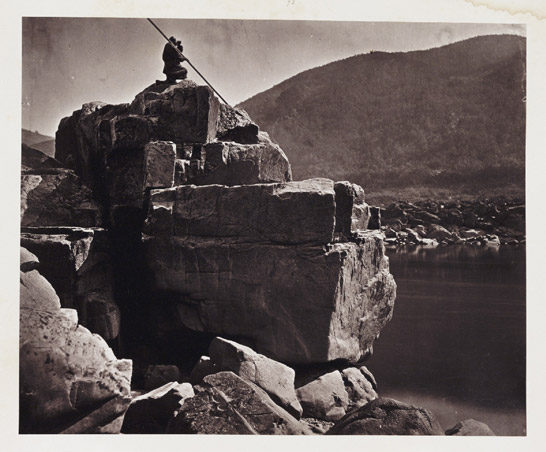
Fujian province was a major tea-producing area and the port of Fuzhou the world’s largest tea-exporting centre. The River Min itself was a vital trade route, as timber, agricultural produce and tea were shipped downriver for export.
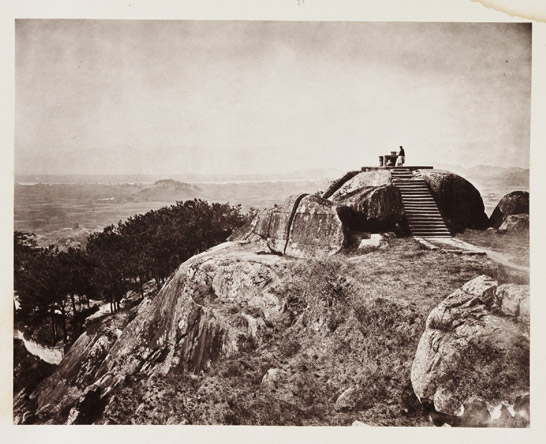
The area was noted for its beauty, with the Min winding through spectacular mountainous terrain, with tree-lined valleys and rocky gorges. It inspired effective and striking composition in Thomson’s photographs, often using single figures for scale and drama.
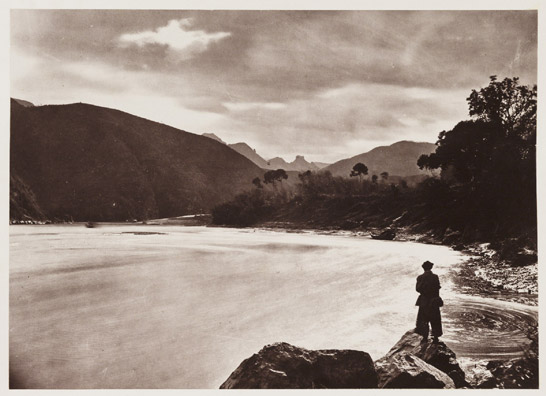
He shows the both the river’s tranquility and its power—photographs of rapids and wrecked boats underline the hazards of the journey that he had undertaken, and the daily dangers faced by the men who worked the river.
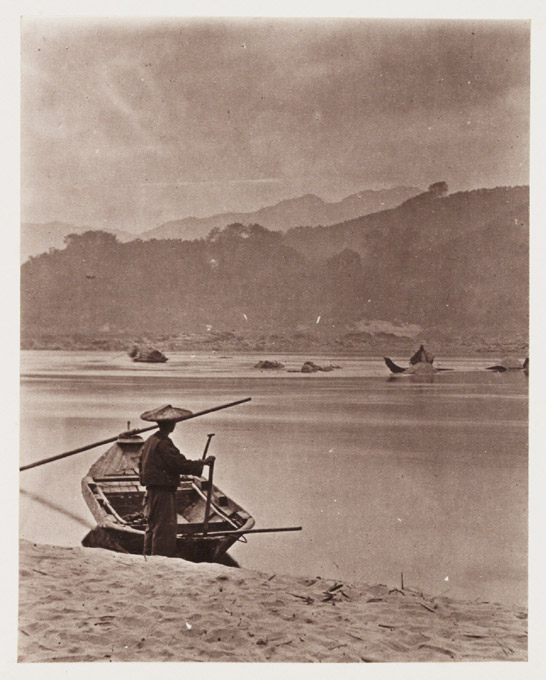
Foochow and the River Min was published in 1873. It was illustrated with carbon prints, a beautiful, stable process, producing images that are still vivid 140 years later.
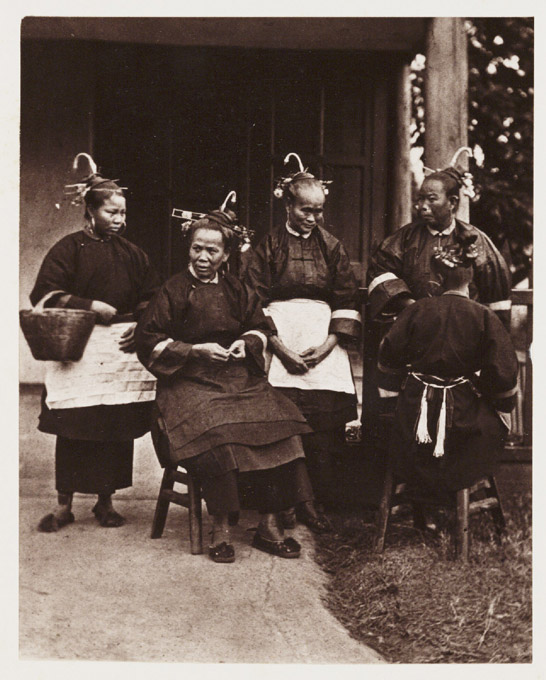
Only 46 copies were printed and it was sold by advance subscription to the European residents of Fuzhou—tea-planters, merchants, missionaries and government officials. John Thomson dedicates the album to them as a “lasting momento which will aid them, in future years, in recalling the scenes and incidents of their life in one of the most picturesque provinces in China”.
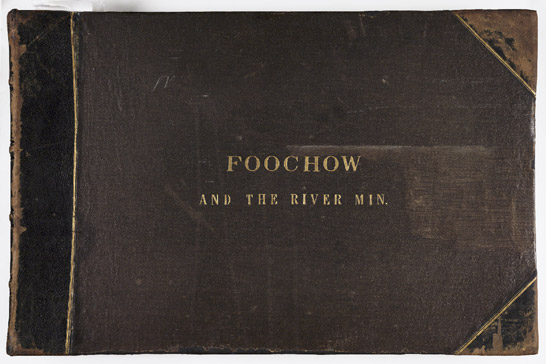
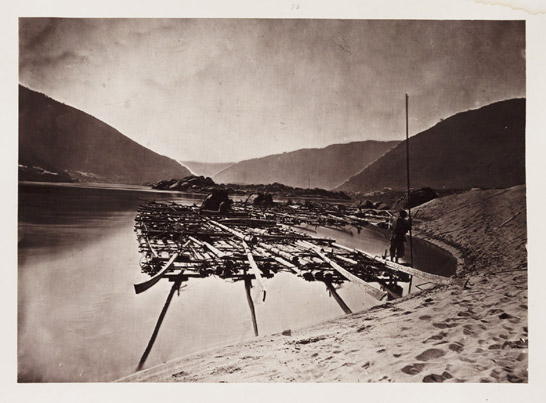
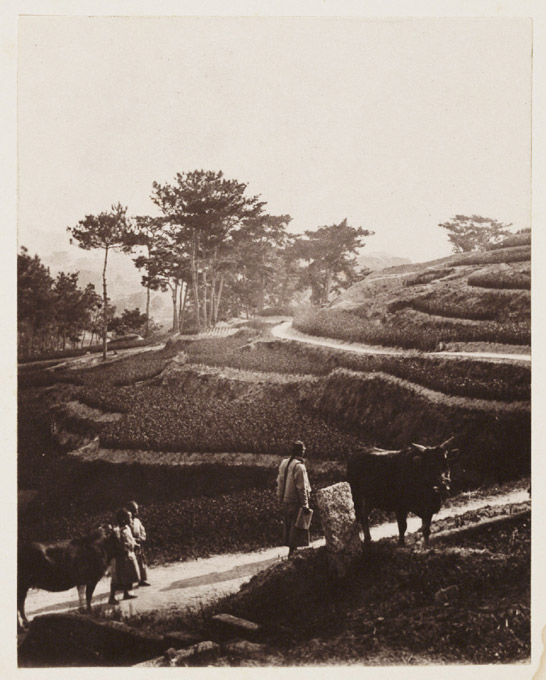
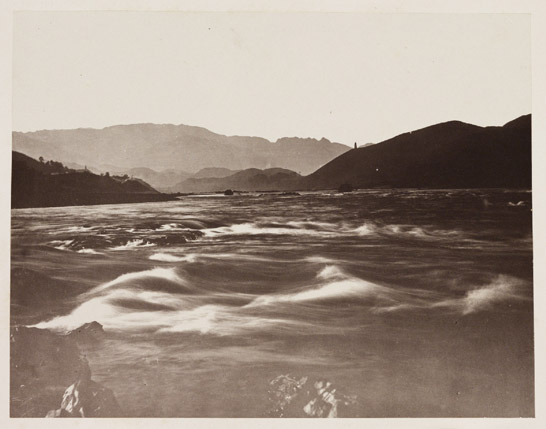
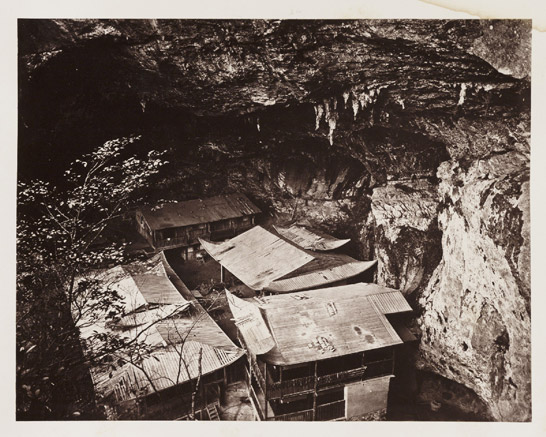
Wonderful pictures!
Do you actually have a complete copy of Foochow and the River Min?
Reblogged this on ram0ram note book.
Where and how could I obtain the all copies of these photos? By the way, I am just a chinese student and local resident. I WANT to remind people of our history NOT out of personal interest!
You can find prints of these images at http://www.ssplprints.com.
Very interested in seeing more photos of the River Min, but particularly interested in the Pagoda Anchorage area and the wy it looked in the 1800s for authenticity in a painting I have done showing tea clippers setting out on their annual race to London, UK.
Thank you, Sarah, but I have seen these pictures on the Web — nothing I can use! Pilkington, SC, USA
My great grandfather William Leyland Hunter was a tea inspector for WR Adamson at Foochow from 1865 until the late 1880s.
Hi,do you still have the documents relevant to the tea inspection at that time?